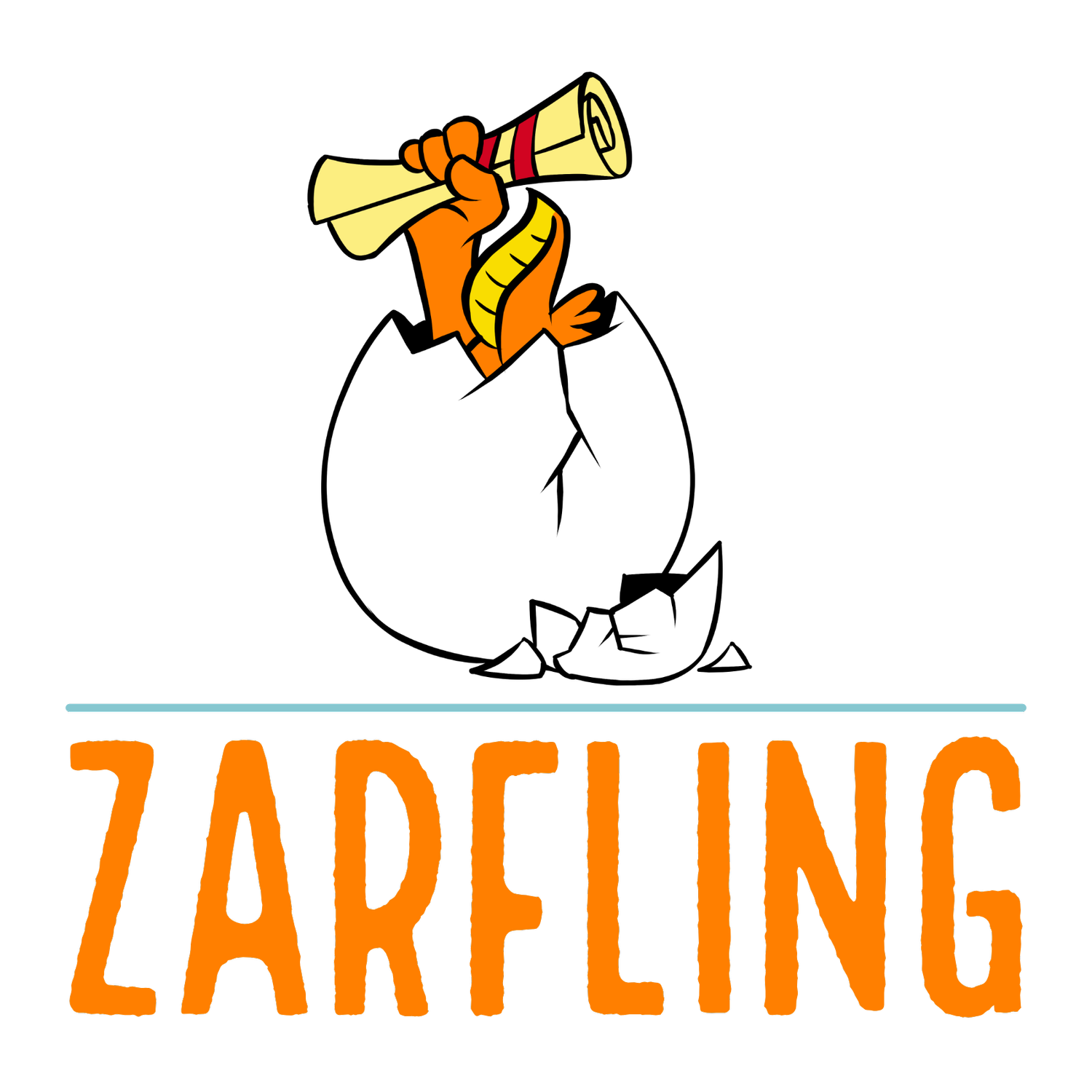Keeping Your Kids Safe During the Solar Eclipse
by Jason Payne
image courtesy of NASA.
There’s been a lot of buzz about the solar eclipse coming this month on the 21st. The solar eclipse will mark the first time in several decades that the sun, earth, and moon have been perfectly aligned. This event may provide an opportunity for your family to create an awesome new memory together, however it’s important to do so safely.
Staring at the sun can cause permanent eye damage, so if your clan does plan to watch, you must wear special protective eye wear. Regular sunglasses, no matter how dark, will not do; special eclipse glasses are what’s required. Eclipse glasses come in several styles and price ranges. The most affordable eclipse glasses are made out of cardboard, and usually come in multi-packs (ideal for families) for as low as $5.There are also tougher, more durable eclipse glasses made out of plastic, which may cost as high as $30 or more. The following eclipse glasses companies have been listed by NASA as having met the international safety standards: Rainbow Symphony, American Paper Optics, Thousand Oaks Optical, and TSE 17.
Before wearing, first inspect your eclipse glasses for holes or tears. If a pair of glasses has been compromised, do not use them; dispose of them instead, as even the slightest tear could be enough cause retinal damage.
For you family photographers out there, your camera will need special protection as well. You can purchase special eclipse photo filters at a camera shop or any number of online retailers like B&H Photo, Adorama, and Amazon. Just like eclipse glasses, eclipse filters come in many flavors as well, and are available for DSLRs, point-and-shoots, and even the camera on your cellphone. For best photographic results, you will want to couple an eclipse filter with a long range or telescopic lens.
If you use a camera with a viewfinder, such as a DSLR, do not look through the viewfinder without wearing eclipse glasses. Eclipse lens filters are designed to block out just enough light to prevent the sun from overwhelming your camera’s sensor; they are not designed to protect your eyes. If possible, use your camera’s LCD screen to set up your shots instead.
And there’s one more thing, of course: be sure to wear sun screen, and have plenty of water and snacks on hand too!
For more safety tips, eclipse facts, and tracking maps for your area, visit NASA’s official Eclipse 2017 website at https://eclipse2017.nasa.gov/
Camera manufacturer Nikon has provided tips for photographing the eclipse on their website at http://www.nikonusa.com/en/learn-and-explore/a/tips-and-techniques/how-to-photograph-a-solar-eclipse.html

